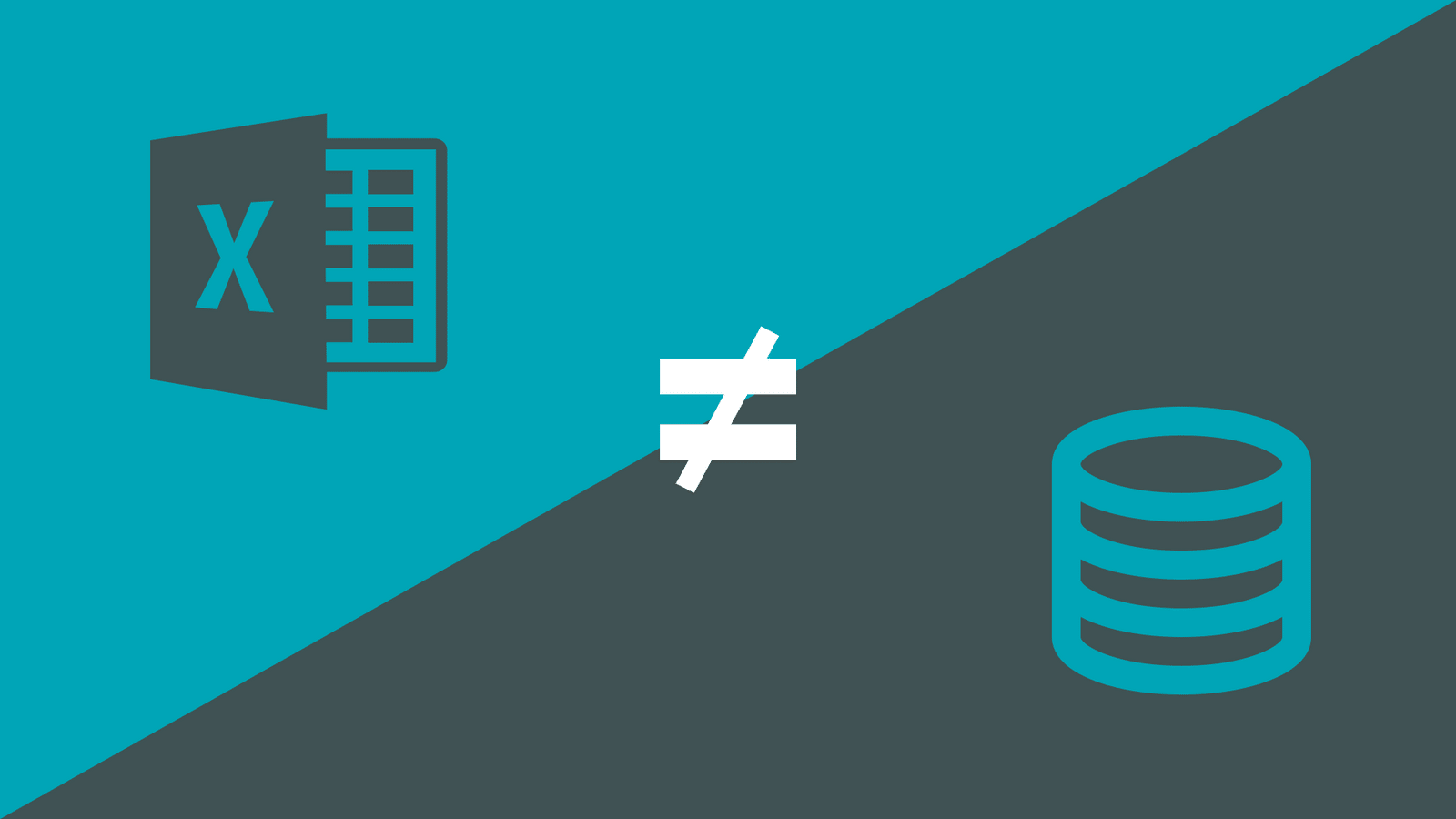”Creating a reliable database of drill hole and sample data is critical to many major projects. But have we fallen into the habit of using software that’s ‘famous’, yet unsuited to the job?
David Peres.Minalytix
When we were young, we grew up with our favourite superheroes believing them to be invincible. No task too big, no challenge insurmountable.
Unfortunately, even though we’re all much older now, when we grow up with one particular piece of software it’s very tempting to think the same way. Long term, everyday use breeds a cosy familiarity and our belief in that programme’s abilities can grow to be wildly overoptimistic.
There’s probably no better example of this than Microsoft Excel. It’s been around for more than 30 years and is, by any definition, a heroic spreadsheet programme that has helped to power vast numbers of businesses and perhaps whole industries.
But it is not a database.
For hundreds if not thousands of geologists in our industry, Excel has been the go-to place for inputting data. It’s a data habit we can hardly be blamed for, because it’s been the only flexible, cheap tool at our fingertips, for so long. But immensely powerful though Excel is, its use as a data repository in sectors such as ours comes with risks and big burdens on our geologists and here are a few reasons why:
- Geologists need data automation and clear audit trails for project success – Using Excel for data storage is a 100% manual process. This means that creating the audit trails crucial to the success of any project involving drill hole and point sample data is all but impossible. For a workaround to be successful it would rely on users also recording what they did and when they did it to every single row or cell of data they modify, as they’re modifying it. That’s an unreasonable burden for geologists to take on when what we really need is a system that automates that process for us. And that’s not Excel.
- Teams need to feel confident that there is security and governance in place on their projects – with Excel, a user can modify any Excel sheet at any time. Geologists are trying their best by manually building in some element of control, but it’s complex, laborious and hard to make happen in real life.
- Geologists are frustrated that they can’t be 100% certain of the single source of truth – There is no such thing as one Excel file. It’s inevitable that users will have a number of them, at differing stages of completion, partially backed up, with no real record of what’s been changed, deleted or omitted across this unnerving library of variations. So how are we to know which of those files is ‘the one’ that needs to be passed onto consultants, QAQC experts, auditors, resource/reserve teams, etc? It’s another responsibility that should be handled for us, automatically, by the software.
- Geologists are particular about accuracy, but when we are having to manually input and manage millions of lines of data, it’s human nature that mistakes happen – so it’s not surprising that studies show nine out of ten spreadsheets will have an error in them somewhere.
- The types of data and the sheer volume of data that geologists need to handle means Excel isn’t cut out for the job. Easy integration with third party tools is problematic. The automation of files to fit with modelling packages, core photos, downhole surveys, etc, is becoming increasingly essential for geologists to be able to work to their maximum efficiency and is again largely beyond Excel.
It’s more expensive than you think. Organisations also turn to Excel because of cost. It’s already sitting there for them to use so seems the cheaper alternative to buying subscriptions or licences for a superior, purpose-built solution. But the effort of building the spreadsheet properly, including all of the lookup lists and the calculations or conditional formatting to catch errors can be colossal and expensively time consuming. Then there’s yet more effort required to compile the information into a single source, not to mention the manual inputting of laboratory data and the risks to accuracy of trying to merge assay results with samples via copy and paste. In short, managing an Excel-based logging programme can have significant hidden costs that rapidly erode the perceived benefit of saving on a subscription.
We know these are very real challenges for geologists on a daily basis and we want to make them better. In our experience, all of these reservations can be addressed far more easily and successfully than the equivalent herculean challenge of actually trying to make Excel work reliably as a database.
Excel does many things brilliantly. Being a versatile and dependable environment for your most critical data just isn’t one of them. It could be time to look for a better superhero – and we believe we can help geologists find exactly the guardian angel their data needs.
MX Deposit
Looking for a better answer than Excel? MX Deposit is the only true Software-as-a-Service solution for drill hole and point sample data, purpose-built to make it easier to collect, manage and share this critical information. It was created to help geologists make better, faster decisions wherever they are in the world with web-based logging and data management tools offering on-the-spot data validation. It is more intuitive, more reliable and more cost effective than traditional systems – and with the option of annual or monthly subscriptions, you only pay when you need to use it.





